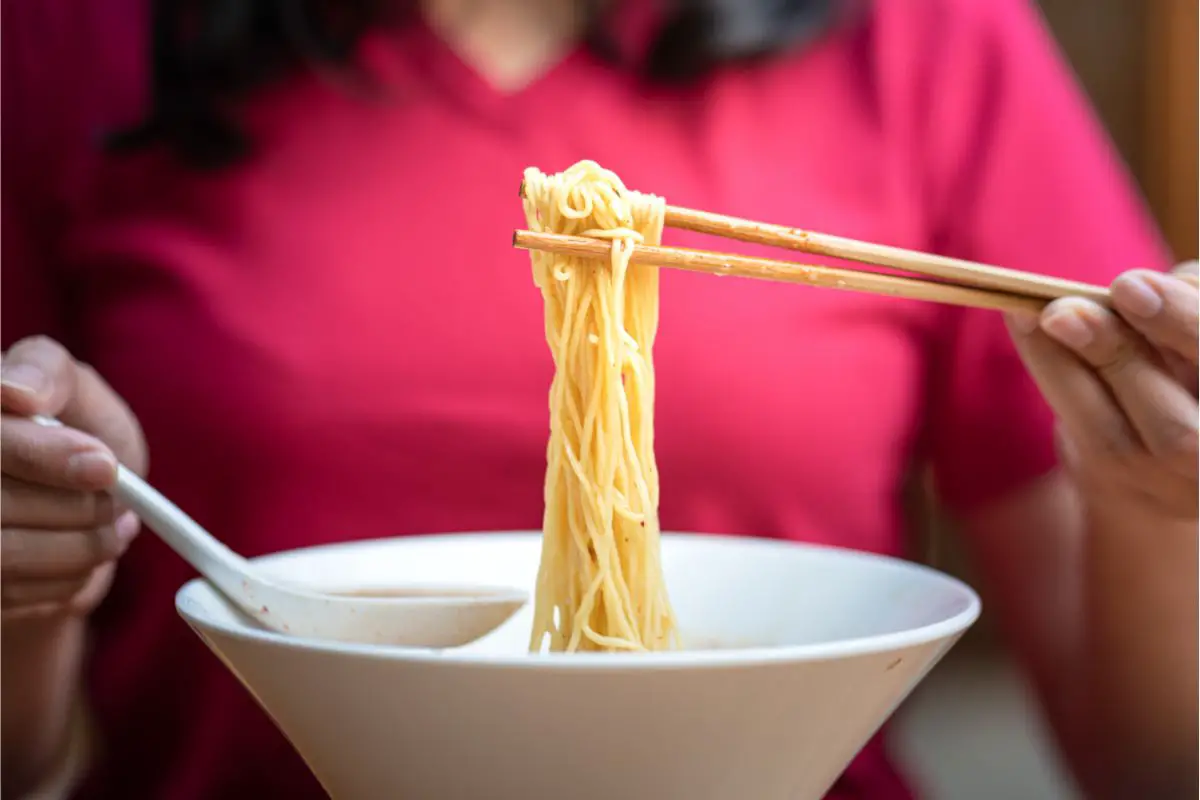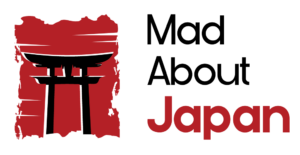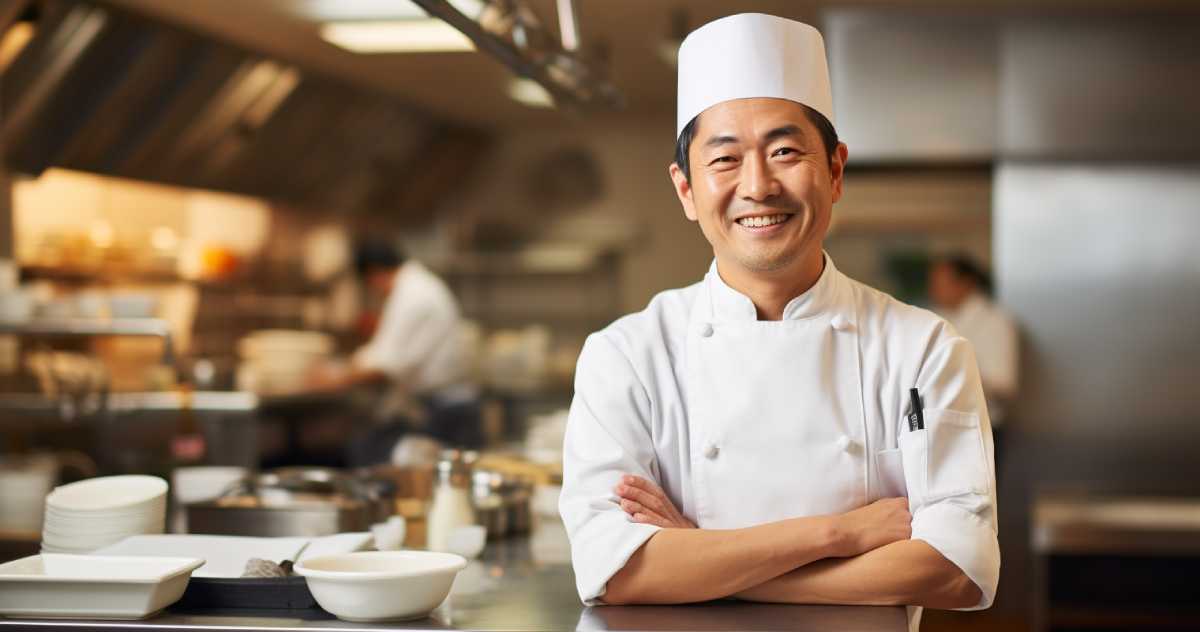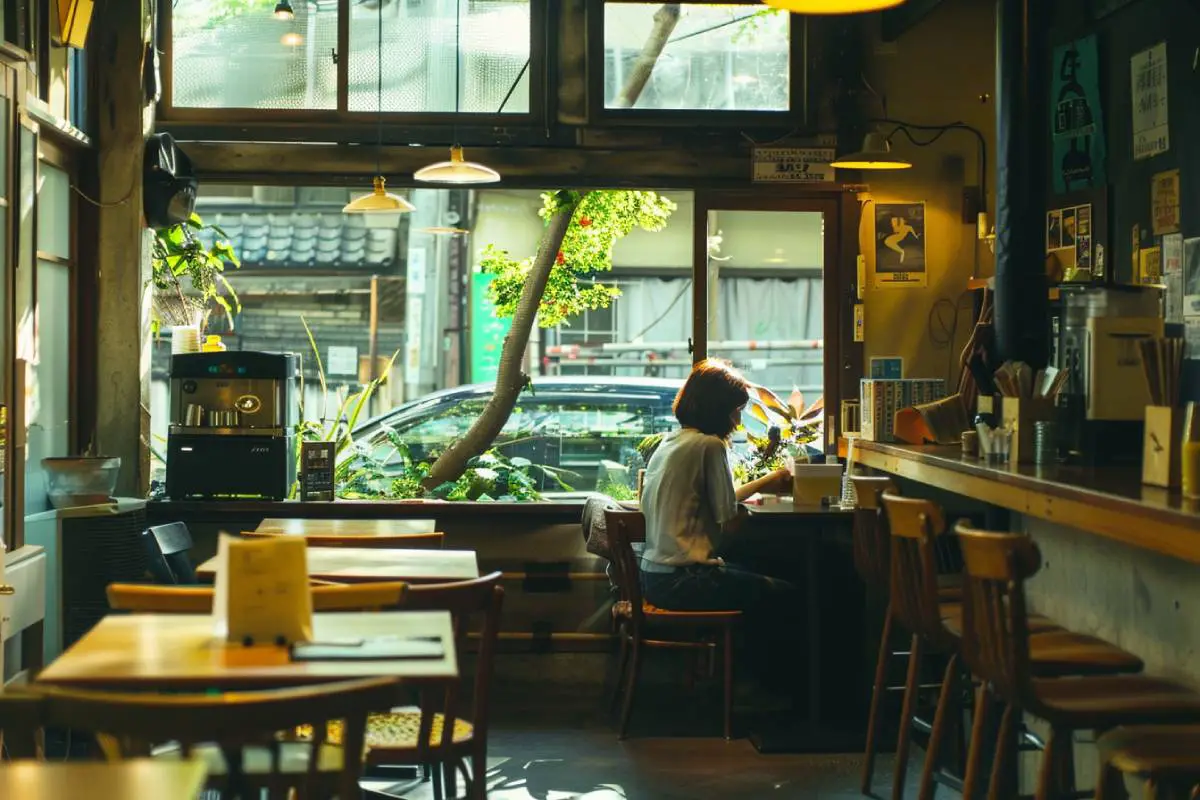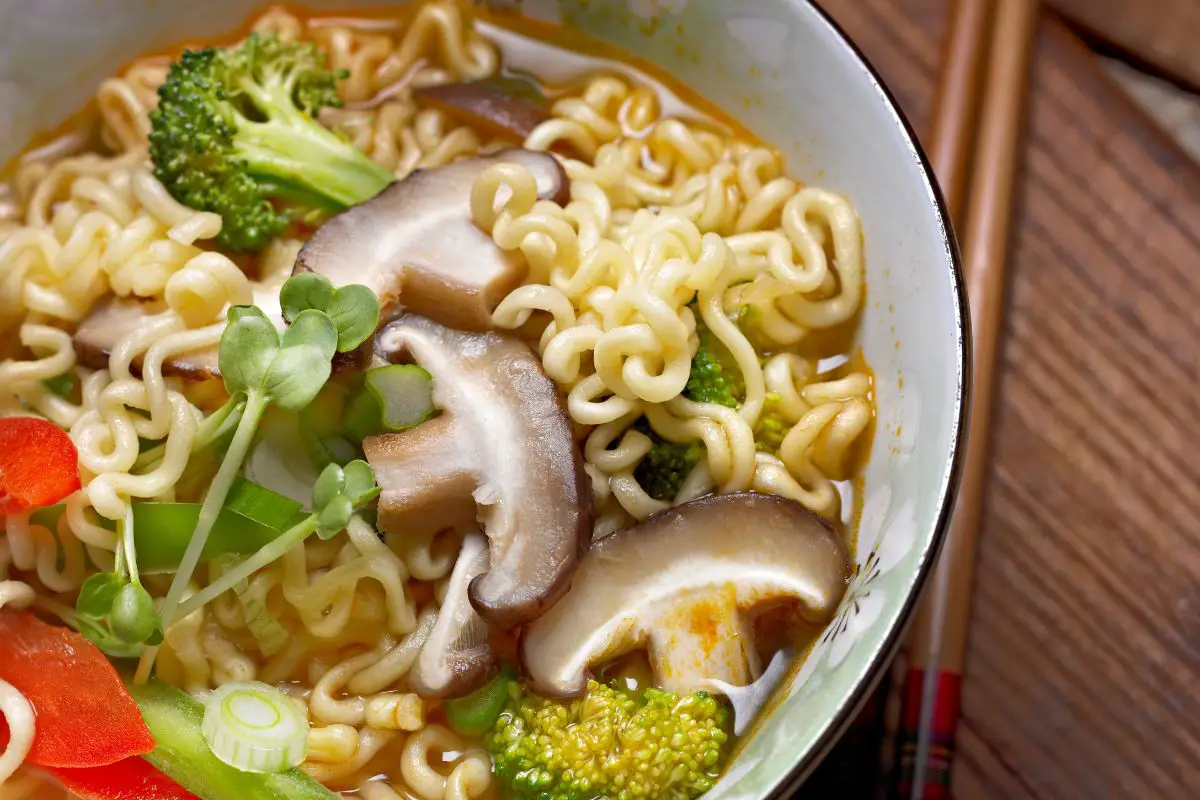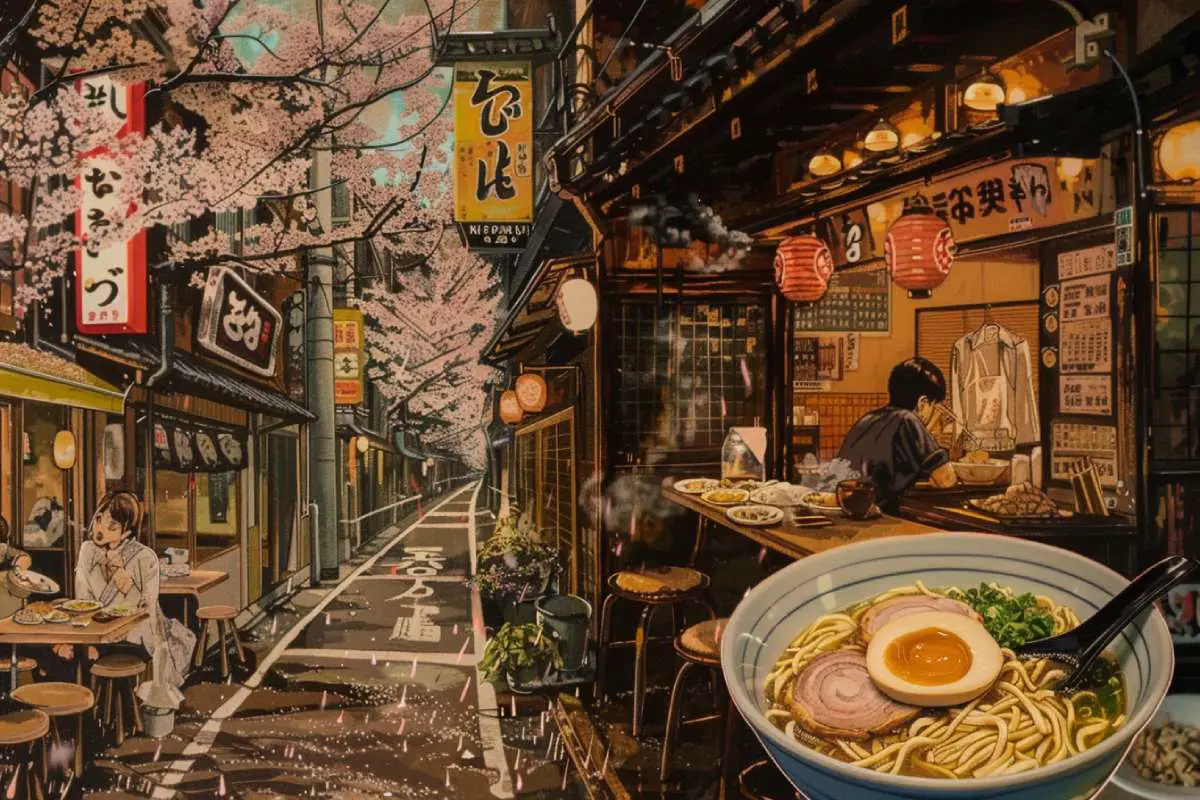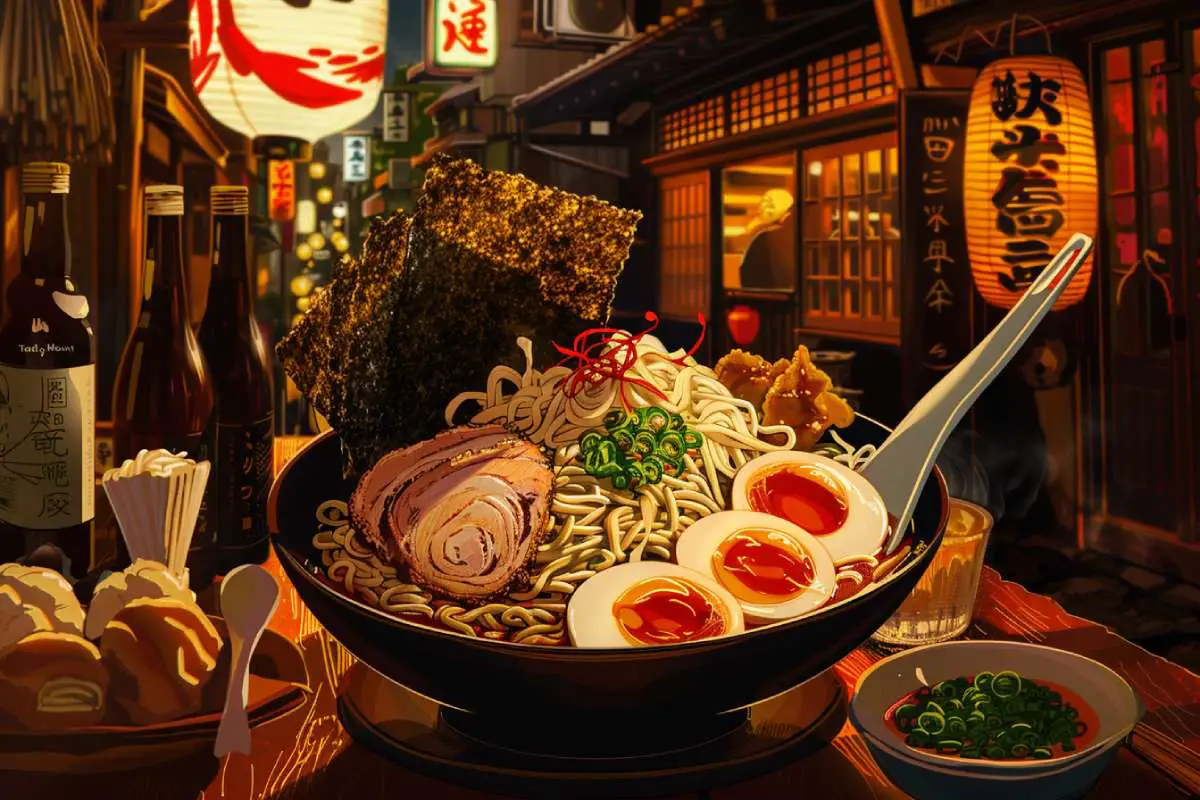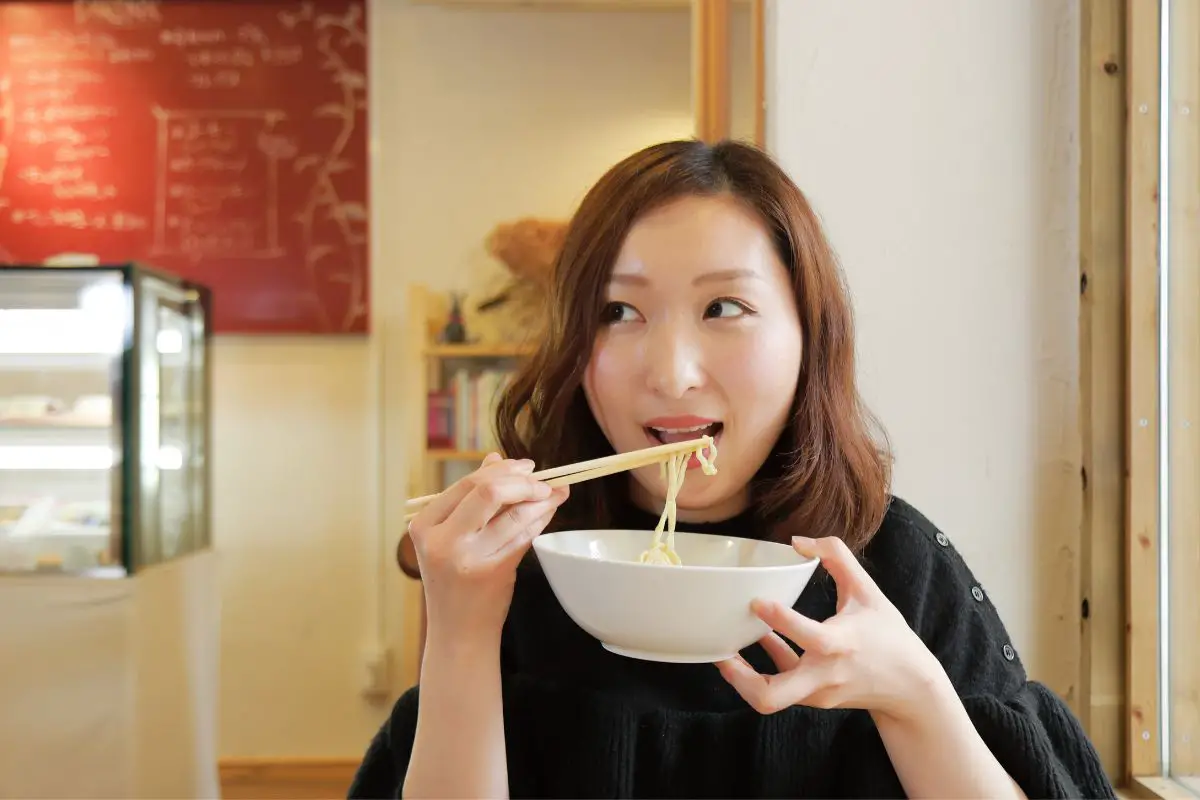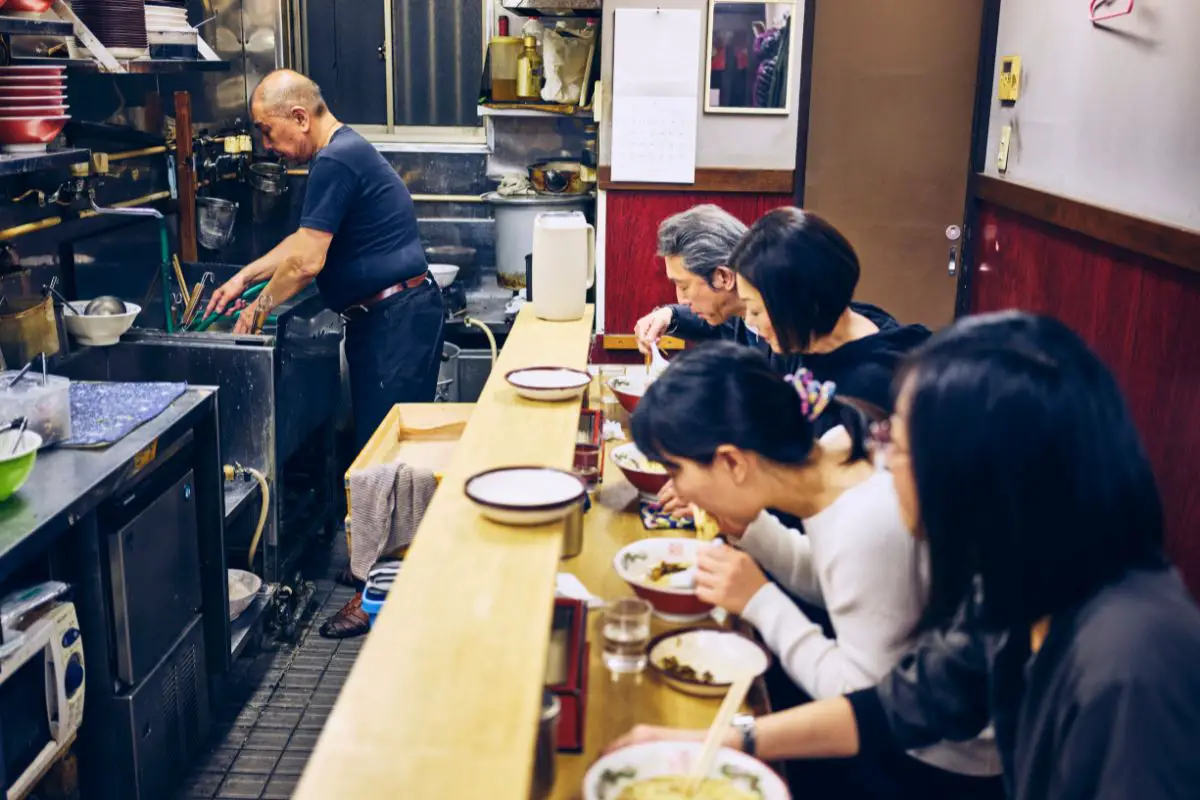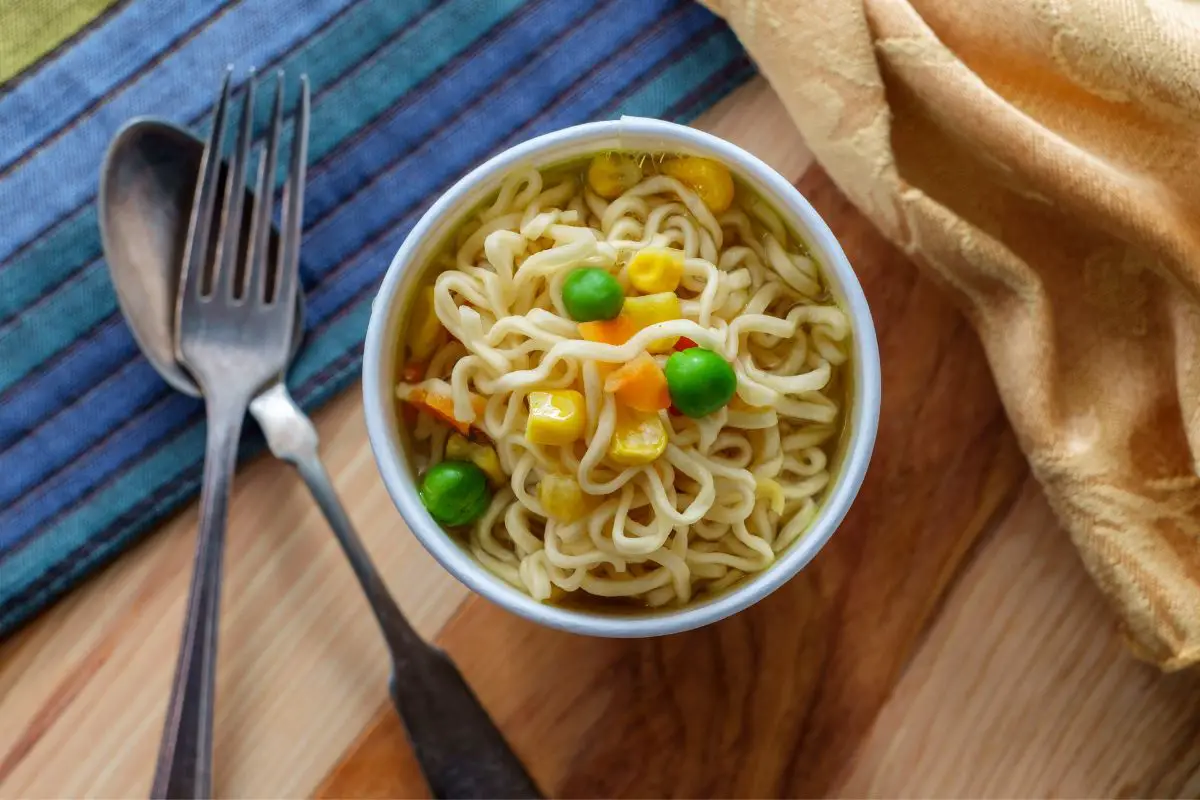Michelin stars are awarded to restaurants that meet certain standards of excellence. They are considered to be the highest form of recognition for chefs and restaurateurs around the globe.
Michelin’s stars have been awarded since 1900. The Michelin Guide was originally published in France but has now expanded to over 30 countries worldwide.
In Japan, where the guide originated, there are currently only two Michelin-starred restaurants. In Tokyo, there are three Michelin-starred restaurants.
There are around 3 Michelin Star Ramen-style restaurants in just Tokyo alone. Each boasts 1 Michelin star. Each serves distinctly different bowls of ramen.
You’ll know exactly what you need to order the moment you step foot inside any of these restaurants.
Chukasoba Ginza Hachigou (中華そば 銀座 八五)
Chukasoba Ginza is a Japanese restaurant chain known for its delicious sushi rolls.
The company has over 100 restaurants across Japan, and they even have their very own TV show called Chuka Soba Giza Hachi (which means “100 Sushi Rolls in Ginza”).
But did you know that chukasoba was originally founded in Tokyo back in 1969? And that it’s now owned by a group of investors from South Korea? That’s right!
In 2014, the Korean conglomerate CJ Group acquired the brand and opened its first store in Shinjuku, Tokyo. Today, the company operates over 100 locations throughout Japan.
So why should you care about chukasoba? Because it’s a great example of how foreign companies can successfully enter the Japanese market.
If you want to start your own business or expand into another country, you might consider starting with something similar to chukasoba.
Shoyu ramen is made by Wakayama Prefecture. It’s an aged soy sauce. It’s served with a bowl of noodles. The noodles are handmade and soft.
The broth is rich and flavorful. It contains chicken, vegetables, kelp, asaria clam, niboshi dried fish, and even bonitos fish flakes.
When Are They Open?
Chukasoba Ginza is a popular ramen shop that serves delicious noodles. There is a line every day because people want to eat there.
It’s very crowded during lunchtime, but less crowded after work. They also have a nice atmosphere and are a great place to hang out.
They are located at 03-14-02, Ginza, Tokyo, so you cannot miss it! Take the first right on Coleman street, and you’ll be there. The number is 104-0061.
What’s So Great About Chukasoba Ginza?
The restaurant had become famous for its long lines. After receiving Michelin stars, the waiting time increased from 1 hour to 4 hours.
Now the restaurant closes for a while, then opens again with a new concept.
We haven’t been there yet, but we hear that it’s bright, spacious, and modern, with a relaxed atmosphere and a first come, first served concept.
The new shop uses truffle powder and oil as well.
Store Information
- Tel: +813-6228-4141
- Business hours: Lunch 11: 00 -15: 00, DInner17: 00 ~ 21: 00 * It will end as soon as the soup runs out.
- Regular holiday: [Every Wednesday] [2nd and 4th Thursday]
- Access: 5 minutes walk from Higashi-Ginza Station and Shintomicho Station
- Address: Daiichi Hanabusa Building 1F, 3-14-2 Ginza, Chuo-ku, Tokyo
Sosakumenkobo NAKIRYU(創作麺工房 鳴龍)
Nakiryu is a one-star restaurant in Tokyo, Japan. This is how you make delicious ramen. You start by ordering the Tantanmen, then add some extra sesame paste and chili oil to the soup base.
Then you put a layer of finely chopped meat on top of the soup. Finally, you put the noodles on top of everything.
They’re on 2-34-4 Minami Otsuka SKY Minamiotsuka, in Toshima, this address will take you straight to your new favorite noodle place to eat and we cannot wait for you to try it out!
When You Should Visit
Nakiryu is always busy during the day especially, there make sure to be ready to wait if you want to eat there.
The same type of Tsuta rule actually applies – try to arrive at a decent time for an early lunch or late dinner, and it’s usually a similar situation for dinner.
If you’re going to be alone, make sure to bring something fun to keep yourself amused while waiting.
Nakiryu’s instant noodles are very tasty! They come in many flavors. All you need is water or milk to make them. They’re easy to eat because they don’t require any cooking.
What’s So Great About Nakiryu?
Nakiryu serves up the standard shio and soy ramen, but it’s the house specialty dandanmen that really gets people talking.
Originating from China’s Szechuan province, this spicy noodle dish is light but still gutsy thanks to a red pepper soup base. There’s a good hit of chillies as well as a savory nuttiness from the toasted sesame seeds.
And you can also pair your noodles (and other sides) with a variety of different choices including fried shrimp wontons, chives pork, and boiled gyozas. Ramen is delicious!
Store Information
- Tel: +813-6304-1811
- Business hours: [Wednesday-Sunday] 11: 30-15: 00, 18: 00-20: 00, 【Monday】 11: 30-15: 00
- Regular holiday: Tuesday
- Access: 5 minutes walk from the north exit of Shin-Otsuka Station on the Tokyo Metro Marunouchi Line
- Address: SKY Minamiotsuka 1F, 2-34-4 Minamiotsuka, Toshima-ku, Tokyo
Konjiki Hototogisu – Great Soba House
Soba House is the first restaurant in Japan to receive three Michelin stars.
It is located in the fantastic Shinjuku, and this Japanese noodle restaurant is easily accessible to tourists. Shio ramen is the most popular thing among Japanese people.
The incredible salt seasoning uniquely makes for a delightful and light broth. Clam, pork, and chicken make up the soup.
At Tsuta, homemade and delightful truffle oil is used. But instead of resting on top, it’s added to your broth just as you want.
Ramen is made by dipping noodles into boiling water and then adding toppings such as pork or plum.
Located in Shinjuku, this amazing restaurant is on No.22 Kyutei Mansion on 1F, so make sure to keep this address in mind when finding the restaurant.
We think you’ll love how close this place is and how convenient it is to the surrounding area.
What’s So Great About Konjiki Hototogisu?
Shoyu ramen is a Japanese noodle dish made with a clear chicken or pork broth flavored with soy sauce and mirin. The noodles are usually served cold.
A popular variation is shoyu ramen with a thickened beef broth called tonkatsu ramen. Tonkotsu ramen includes a rich, fatty pork bone broth.
Sobahouse Konjiku Hototogisu is a ramen shop that serves light, complex and delicate soups. It is located in Shinjuku, which is the most competitive ramen district in Tokyo.
There are about 200 ramen shops in this area. The main flavor of ramen in Tokyo is tonkatsu broth, but at Konjiki Hototogeisu, the broth is made with Hamaguchi clam and fish stock.
The soup is topped with a sauce that blends with porcini mushrooms and truffles.
The price of a bowl of ramen is very low, around 1000 yen. Sobahouse Konjiki hototogisu has been busy lately as they received one Michelin star.
Their ramen is delicious and worth a wait.
Store Information
- Tel: +810353154733
- Business hours: [Monday-Friday] 11: 00-15: 00 18: 30-21: 00
- Regular holiday: Saturday, Sunday
- Access: 224m from Shinjuku Gyoenmae Station
- Address: 2-4-1, Shinjuku, Shinjuku-ku, Tokyo
Final Thoughts
We’re sure there are many other great ramen places in Tokyo besides Tsuta and Soba House.
However, we’d say the most important thing about these three places is that they deliver the goods. We think it’s safe to say that if you’re going to eat ramen in Tokyo, you should try them all.
Ramen is a Japanese noodle soup dish made up of rice noodles and broth.
You can get this dish in any type of restaurant in Japan. There are more than 3,000 ramen shops in Japan, but there are only three Michelin star ramen shops.
 Hienadz Vardanyan
Hienadz Vardanyan 